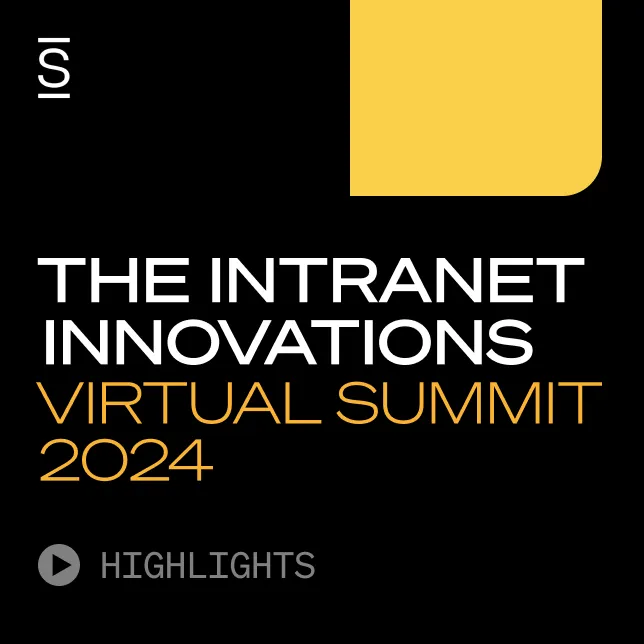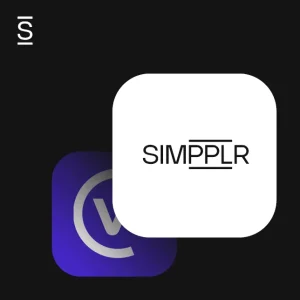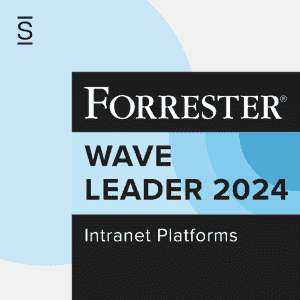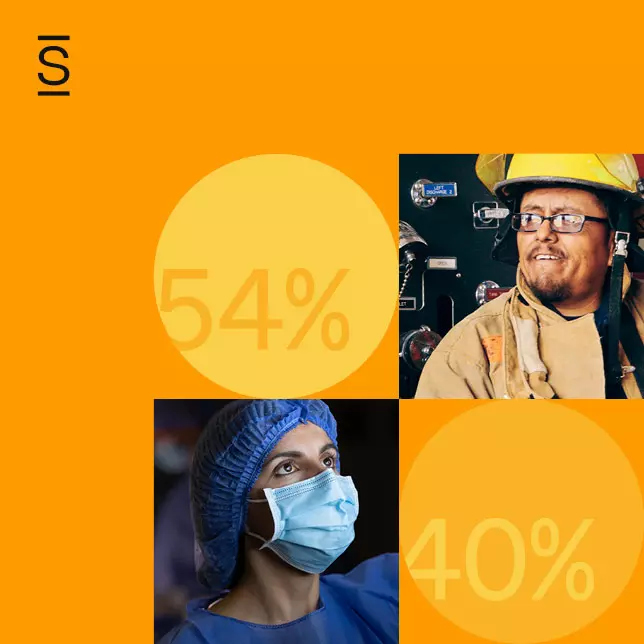Well into 2023, the healthcare sector still grapples with the aftermath of pandemic fatigue and burnout. This industry urgently needs to create cohesive, engaging employee experiences for their frontline workforces to retain them.
Traditionally, frontline industries have lagged in digital transformation and change management. Conversations since the pandemic, however, reveal that significant developments are needed, and some are underway. This cannot happen soon enough.
Recent research indicates low levels of connection to frontline workers, partly caused by the lack of suitable technology and infrequent communication. The good news is that healthcare companies realize that poor engagement of frontline workers negatively impacts the quality of care and patient satisfaction. There’s clearly a need to push for change.
In our latest ebook on healthcare employee engagement, we explore the crucial pain points in the sector to identify needs, and how to handle the challenge and disruption that new technology so often brings. We share healthcare industry recommendations and draw from customer insights to show how some early adopters of employee engagement platforms are succeeding. There’s plenty of information and guidance to help you get ahead with an employee engagement program suited to your healthcare employees’ needs.
The importance of healthcare employee engagement
Working in the healthcare sector can be physically and emotionally draining, with hectic workloads, huge responsibilities, and administrative burdens. Then there’s the exposure to infections and the turmoil of emergencies that never arrive to schedule.

Recruiting and re-skilling new healthcare workers is costly when employee turnover rates are high. This means that, as a priority, healthcare companies must address the underlying causes of employee disengagement.
Getting communication right is vital as it involves patients, medical and care workers on all levels, and many teams and individuals beyond that. Effective coordination and communication across such an environment, including various locations, are an enormous challenge and carry considerable risks. It’s, therefore, really important to understand how employee engagement and communication go hand-in-hand to drive frontline worker productivity in the sector.
Keeping workers and patients safe with good communication
Low employee engagement leads to poor productivity and opens up the workforce and patients to huge risks. Again, communication plays a key role because, without the ability to share knowledge, information, and updates from all sources, it’s difficult for healthcare workers to do a good job.
Communication failures can wreak havoc, particularly in a life-or-death situation. Good communication plays a vital role in the quality care of patients, as it facilitates an in-depth understanding of information that contributes to keeping both frontline workers and patients safe.
Keeping frontline workers connected is challenging, considering the vast levels of expertise, numerous services, and locations in the healthcare sector. It, therefore, makes sense to invest in a top-quality communication platform to facilitate the efficient exchange of information and keep frontline workers motivated and engaged.
An engaged frontline worker tends to be more productive, positively impacting patient care and satisfaction. Effective communications are crucial in the complex safety issues associated with the healthcare sector.
At the very least, missed information can cause errors, which can affect the morale of patients and workers and have serious negative consequences. A two-way communication system allows frontline healthcare workers to find support when and where they need it.
Managing change in healthcare workplaces
Change brings its fair share of resistance and uncertainty, and if the change isn’t managed properly in healthcare companies, trust can be lost, and disengagement could follow.
Frontline workers who aren’t kept informed and may already be dealing with exhaustion and exclusion won’t appreciate second-hand news on an issue that affects them.
Communicating the why, when, and what is critical for workers to understand the need for change, how to involve themselves, the timing of the process, and how it will affect them. Keeping employees constantly aligned with changes, and being aware of their sentiments around them, is key to employee engagement.
The importance of understanding how exclusion from company culture can lead to health and safety problems cannot be underestimated.
Supporting workers with a clear and engaging culture
Workers must be clear on company directives, ethics, and values to stay engaged and productive. This lowers the level of risk, mistakes, and accidents.
More people, especially the younger generation of workers, regard good company culture as a significant plus when job hunting. Healthcare companies must pay close attention to this trend to attract and retain the specialized talent they require.
Creating and sustaining a supportive culture is challenging in such a sector, where the workforce can be distributed across many sites. As always, good communication is vital in an industry where the health and safety of workers and patients mean everything.
The aging healthcare industry workforce is also cause for concern as people retire, leaving an uncertain future and a difficult void to fill. To make the sector more attractive to younger jobseekers, opportunity is key. Training and mentorships will help attract a new generation of workers. Effective onboarding and assimilation for frontline workers also drive engagement, minimize disruption, and enhance morale.

The pandemic taught us that anything can happen. We lived through unprecedented times and still are, to some extent. Healthcare industry challenges and the importance of systems to engage and connect frontline workers in a distributed environment were never more evident. Employee engagement platforms allow companies to learn about their employees and better understand their overall operation. You’ll want to explore the best way to roll out your employee engagement program and some best practices and outcomes—all shared in our Healthcare employee engagement ebook.
You’ll find industry recommendations and support for digital transformation to share with stakeholders. It’s key to alleviating so many major issues you’re facing. And we also share inspiration and insight to inform your overall efforts. Be sure to download it today!

















